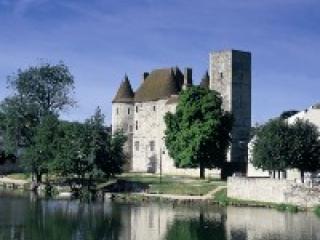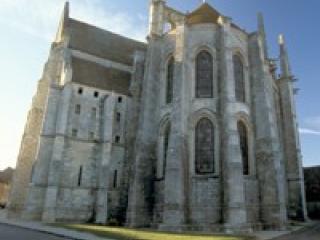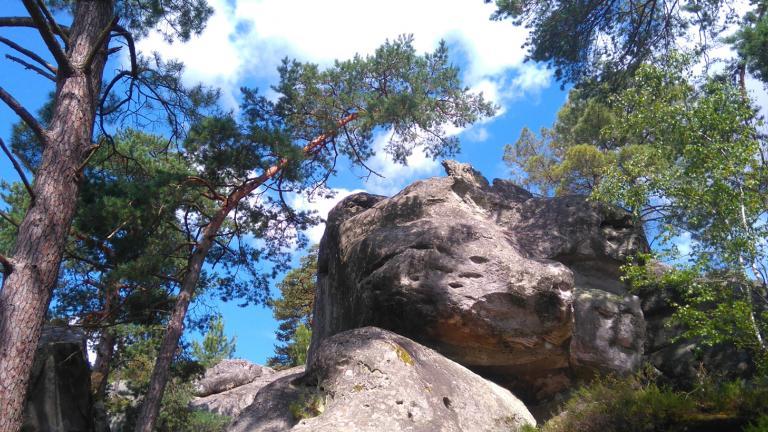English
What's to discover around the museum ?

This medieval monument, with its four turrets and imposing square tower (built in the 12th, 15th and 17th centuries), a jewel of local historical heritage, sits peacefully in its greenery bathed by the river Loing.
It houses a collection of 19th century paintings, sculptures and prints that represents the panorama of the tastes and artistic trends of the end of the 19th century.
- Château-musée de Nemours
Rue Gauthier 1er
77140 Nemours
Tél. : 01 64 28 27 42
Email : chateau.musee@ville-nemours.fr - Ville de Nemours
- Office du tourisme du pays de Nemours
The Saint-Jean-Baptiste church was built in 1170 at the request of Gauthier I de Nemours. Destroyed in the fire in the town at the beginning of the 15th century, it was rebuilt from 1445. In 1850 and 1890, the interior of the church was redesigned with the installation of stained glass windows and a high altar in homage to Saint John the Baptist.

Consecrated to Saint-Mathurin, healer of the mad, this church, built by the builders of the Notre-Dame-de-Paris chapter, was an important stopping point on the Saint-Jacques-de-Compostelle pilgrimage. Built from the 12th to the 16th century, it suffered of a series of catastrophes: fires, looting, storms, collapse of the tower...
The magnificent portal of the Last Judgement, which is very graphic, dates from the 13th century and gives access to the ruined part of the nave. Only the choir, the apse and the chapel of the Virgin have kept their vaults.
The village of Larchant is in the heart of the Commanderie woods near the Eléphant and Dame Jouanne rock climbing sites.
- Open all year, every day from 10 am to 6 pm,
- Guided tour, information on 01 64 28 16 17.
This village had an important role in the Middle Ages, as evidenced by the three monuments dating from that period: the Old Bridge, the Ganne tower and the church. A few centuries later, in the 19th century, young artists, mostly foreigners, abandoned the Parisian studios where they studied to go and paint in the field. In search of light, they tried outdoor painting and many people chose to go to Grez for half a century. Thus American, British, Japanese and Scandinavian artistic colonies were created, their French counterparts having preferred the neighbouring villages.
- Syndicat d’initiative de Grez-sur-Loing
116 rue Wilson
77880 Grez-sur-Loing
Tél. / Fax : 01 64 45 69 12
www.grezsurloing.fr
Thanks to its privileged location on the edge of the forest of Fontainebleau, the village of Bourron-Marlotte attracted many painters, musicians and writers, such as Cézanne, Corot or George Sand. Walking through the streets of the village, the houses reveal their old charm and are reminiscent of the 19th century. In the town hall-museum there are many works by painters who came on vacation or who lived in the village. You can walk in the footsteps of the artists and discover where they lived.
- Syndicat d’initiative de Bourron-Marlotte
37 rue Murger
77780 Bourron Marlotte
Tél. / Fax : 01 64 45 88 86
http://bourronmarlotte.fr/



